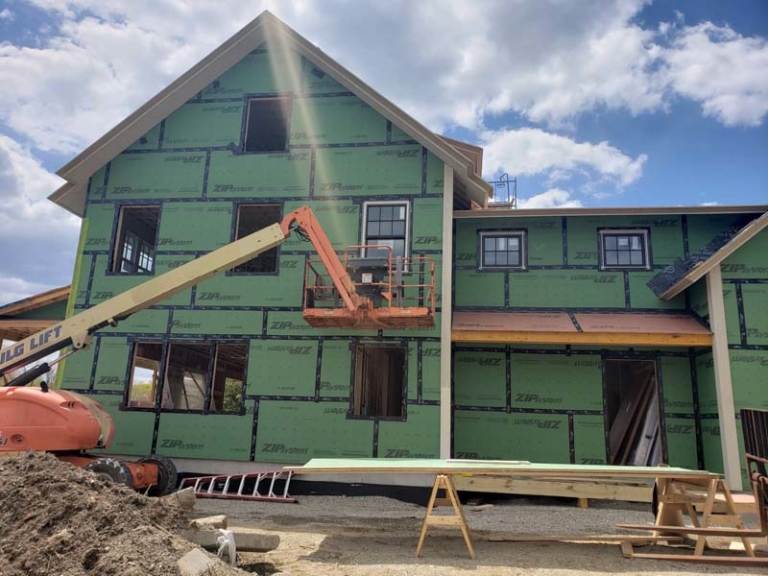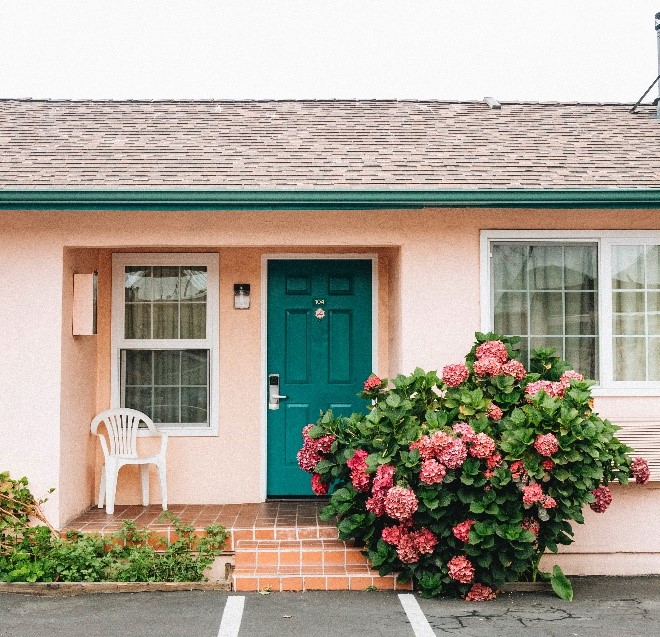Blogs
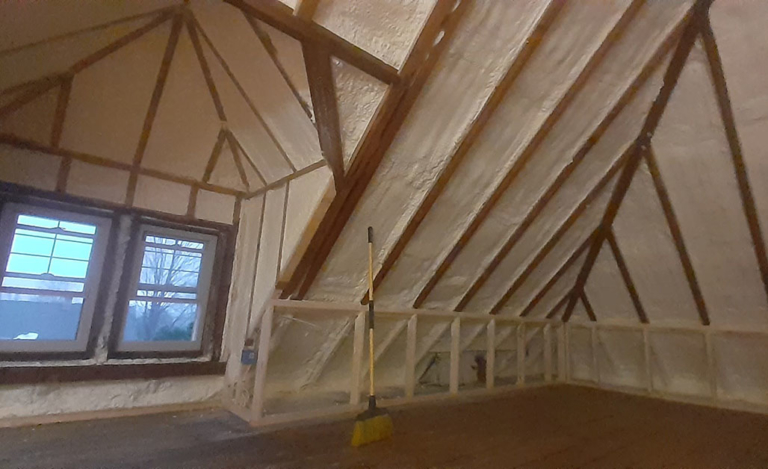
In the insulation industry, we all know why spray polyurethane foam works so well as an insulation and...
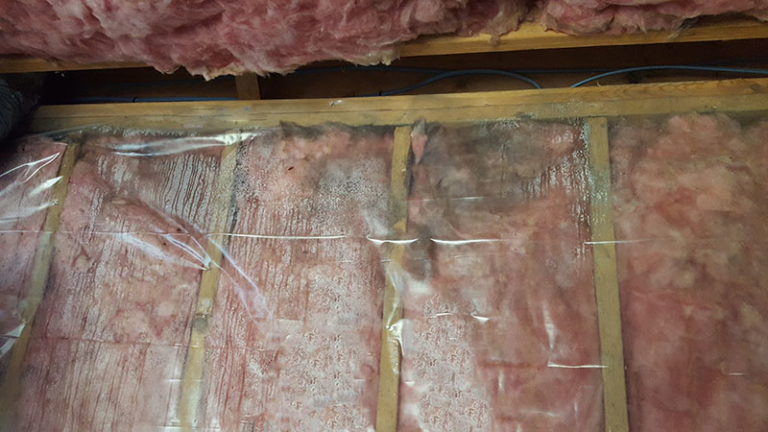
Incorrectly installed basement insulation is a common error. We see this problem not only with do-it-yourself...
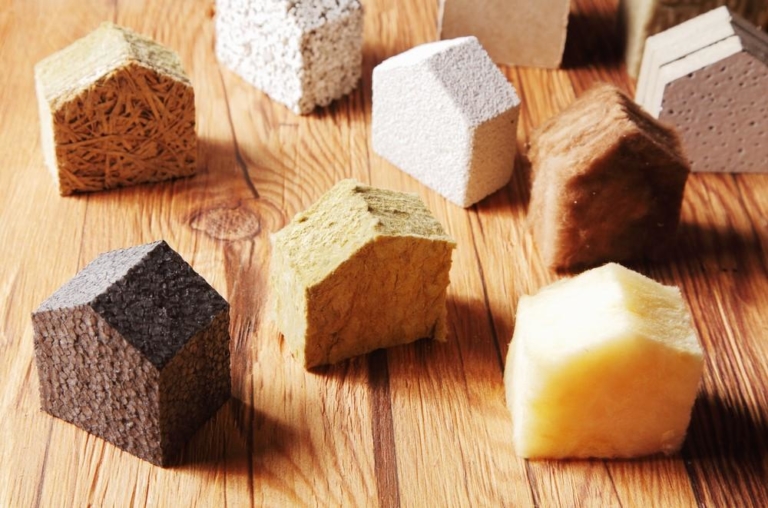
In the world of building construction, improvement, and insulation, we talk about R-value all the time....
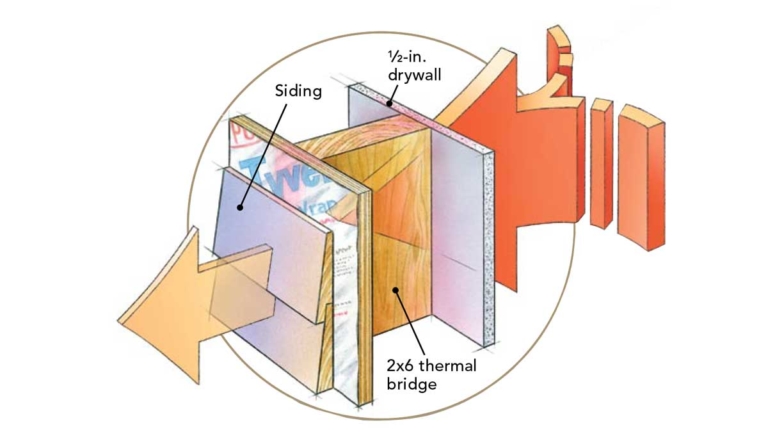
When you are ready to insulate your living space, you may be contemplating what R-value you will need....

Our VP Candace Lord was recently featured in "Spray Foam Magazine" in their Contractor's Corner. The...
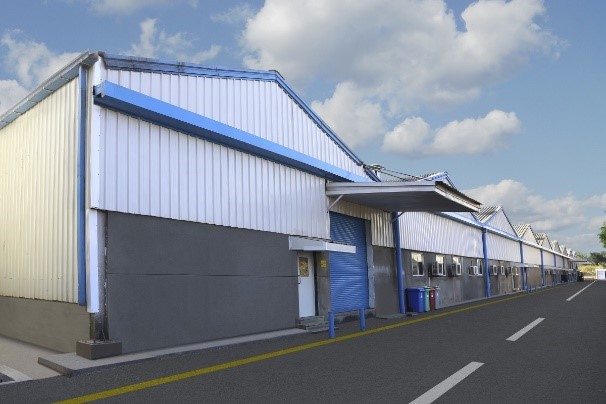
To foam or not to foam. Why you might choose to use spray foam inside a metal building even though the...
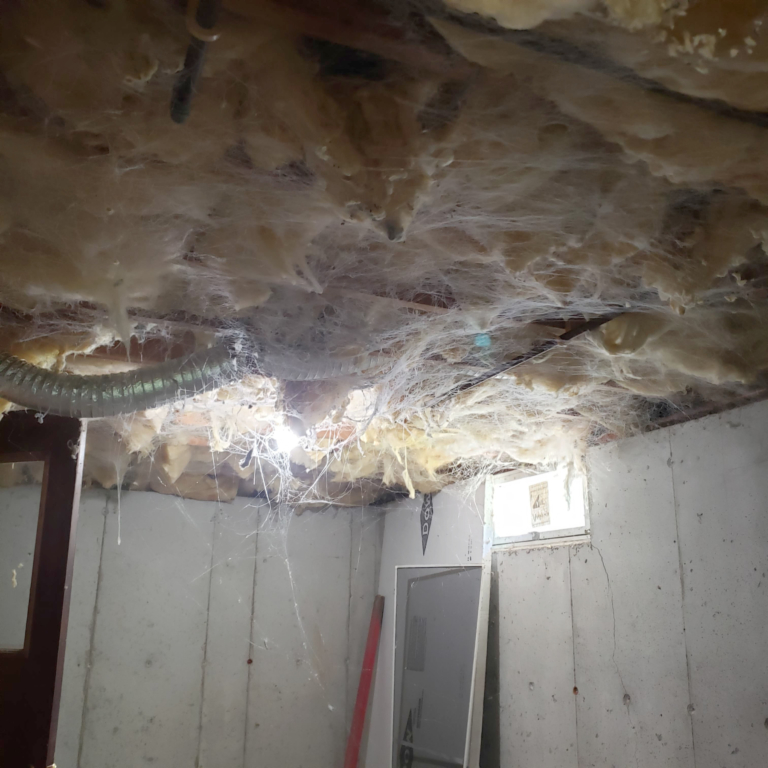
Did you know that spiders make cobwebs in the draftiest areas of your home because it gives them the...
No posts found






